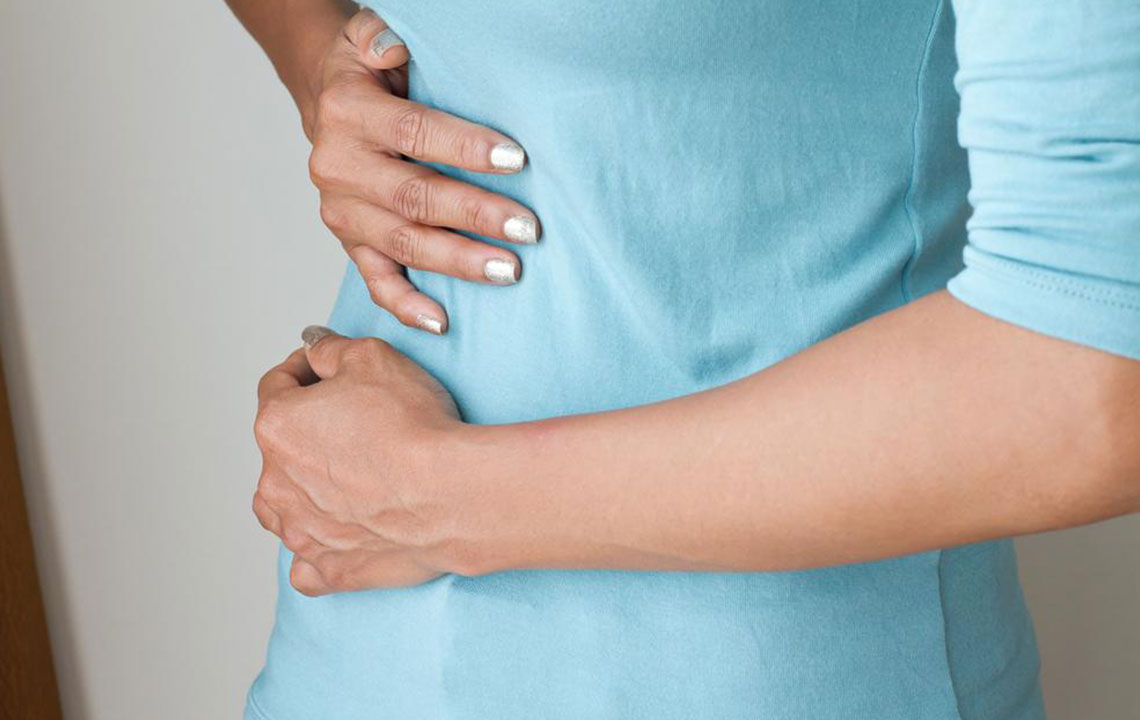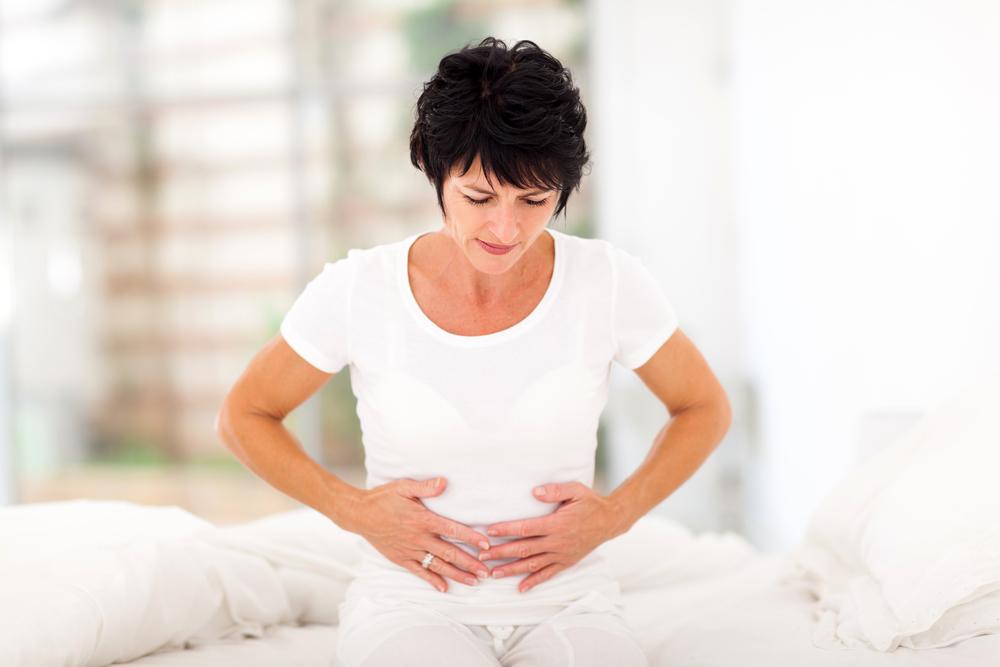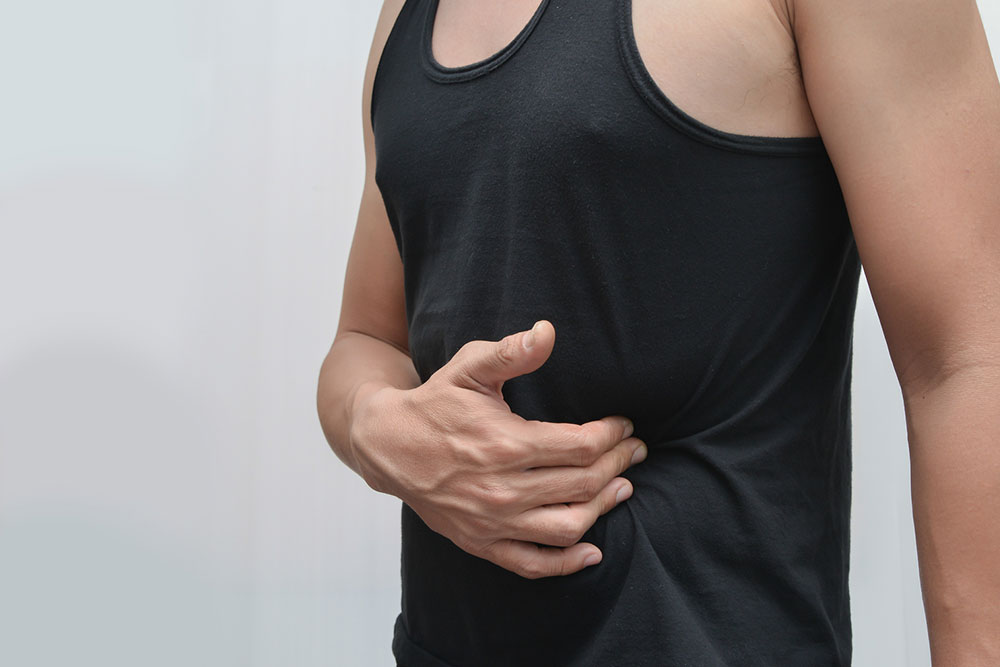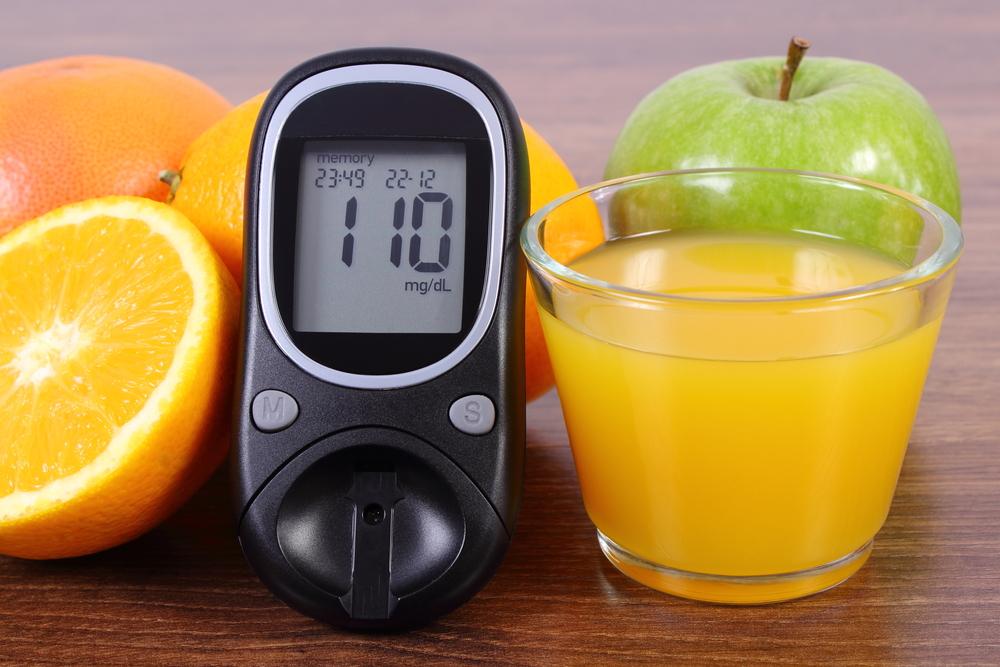Understanding Hemorrhoids: Causes, Symptoms, and Effective Treatments
Discover comprehensive insights into hemorrhoids, including causes, symptoms, and treatment options. Learn how to manage mild cases with home remedies or seek medical care for severe conditions. This guide aims to inform and empower individuals experiencing discomfort, highlighting important signs and effective solutions to improve quality of life.

Understanding Hemorrhoids: Causes, Symptoms, and Effective Treatments
Hemorrhoids are swollen veins that develop around the anal area, affecting many individuals worldwide. Though often uncomfortable, they rarely pose serious health threats. Treatments range from simple home remedies to medical procedures, depending on severity.
Internal hemorrhoids form within the anal canal, while external ones appear near the opening. It’s common for both types to occur simultaneously, leading to a range of symptoms.
The development of hemorrhoids is often linked to increased pressure on the veins in the rectal and pelvic regions. Straining during bowel movements, prolonged constipation, or diarrhea can cause veins to swell. Pregnancy, obesity, and prolonged labor are additional risk factors.
The common signs of hemorrhoids include:
Rectal bleeding: visible streaks of blood on toilet paper or in the bowl.
Itching or irritation around the anal area.
Pain and discomfort during bowel movements or cleaning.
Internal hemorrhoids typically present as bright red blood on stool or toilet paper, with swollen veins inside the anal canal. They may cause mucus discharge and swelling if they prolapse.
External hemorrhoids form under the skin around the anus, often causing painful lumps or clots, known as thrombosed hemorrhoids.
Diagnosis involves physical exams and possibly scopes like sigmoidoscopes or colonoscopes if bleeding persists. Treatment depends on severity and can include lifestyle changes, medication, or surgical procedures if necessary.
Home care—such as increasing fiber intake, staying hydrated, and using topical ointments—can relieve mild symptoms. Severe cases may require medical intervention or surgery for permanent relief.










